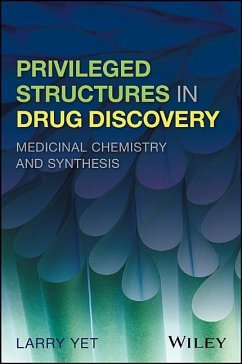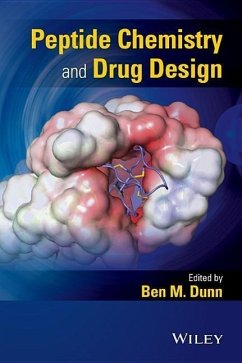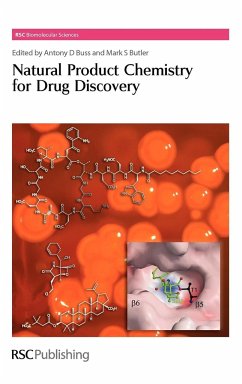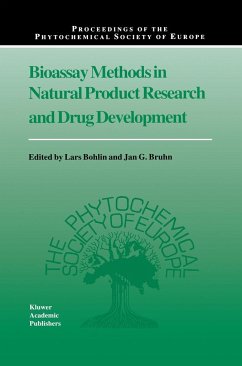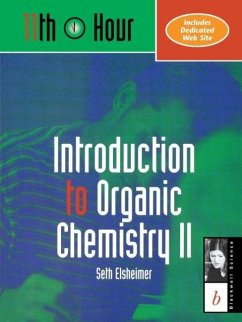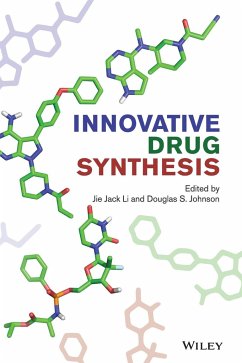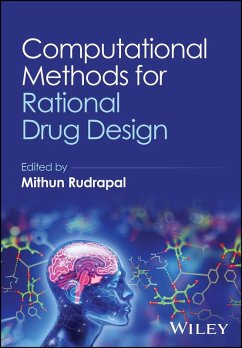Nicht lieferbar
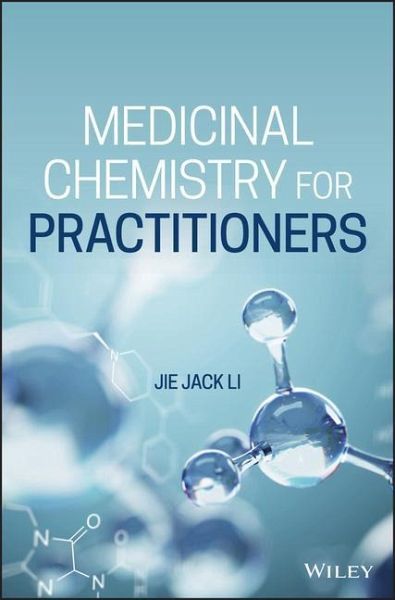
Medicinal Chemistry for Practitioners
"This book offers a good starting point for new medicinal chemists to jump start a career and a one-stop depository of key drug discovery disciplines for veterans. It discusses different kinds of drug targets and how to select and validate them, drug design, pharmacokinetic properties, and bioisoteres"--





